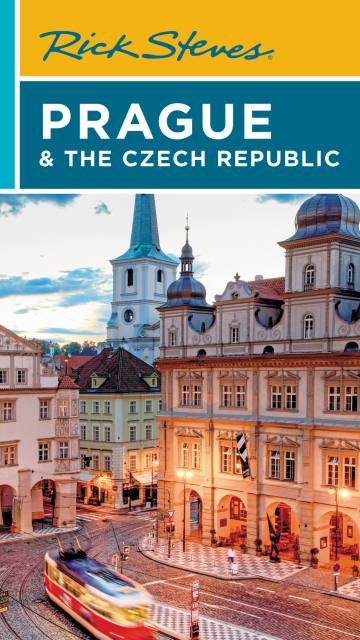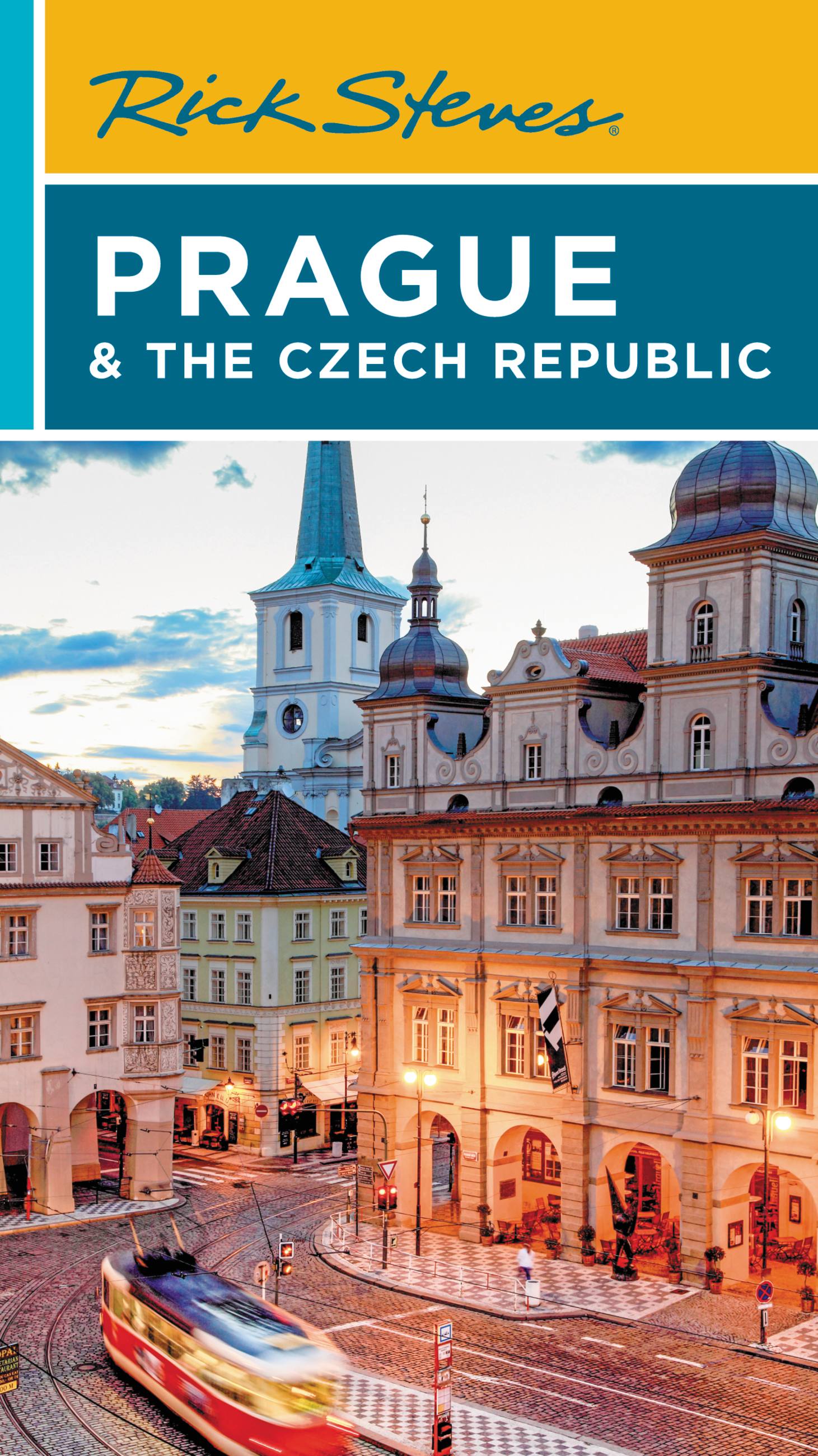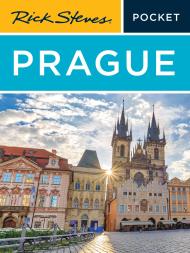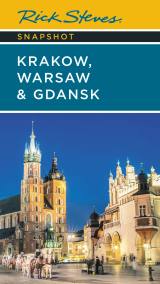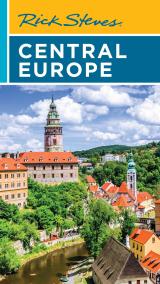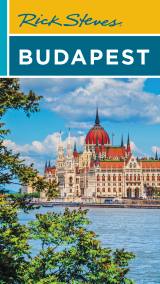Promotion
Use code BEST25 for 25% off storewide. Make sure to order by 11:59am, 12/12 for holiday delivery!
By clicking “Accept,” you agree to the use of cookies and similar technologies on your device as set forth in our Cookie Policy and our Privacy Policy. Please note that certain cookies are essential for this website to function properly and do not require user consent to be deployed.
Rick Steves Prague & the Czech Republic
Contributors
By Rick Steves
By Honza Vihan
Formats and Prices
- On Sale
- Oct 24, 2023
- Page Count
- 504 pages
- Publisher
- Rick Steves
- ISBN-13
- 9781641715515
Price
$22.99Price
$28.99 CADFormat
Format:
- Trade Paperback $22.99 $28.99 CAD
- ebook $16.99 $21.99 CAD
This item is a preorder. Your payment method will be charged immediately, and the product is expected to ship on or around October 24, 2023. This date is subject to change due to shipping delays beyond our control.
Buy from Other Retailers:
- Comprehensive coverage for spending a week or more exploring Prague and the Czech Republic
- Rick’s strategic advice on how to get the most out of your time and money, with rankings of his must-see favorites
- Top sights and hidden gems, from the city’s stunning Old Town Square and Prague Castle to charming neighborhood bars and restaurants
- How to connect with local culture: Take a dip in freshwater peat spas, explore the medieval villages of Bohemia, or enjoy a wine-cellar serenade with friendly vintners
- Beat the crowds, skip the lines, and avoid tourist traps with Rick’s candid, humorous insight
- The best places to eat, sleep, and relax with a pint of local Pilsner
- Self-guided walking tours of lively neighborhoods and thought-provoking museums
- Detailed maps and directions, including a fold-out map for exploring on the go
- Useful resources including a packing list, a Czech phrase book, a historical overview, and recommended reading
- Over 500 bible-thin pages include everything worth seeing without weighing you down
- Complete, up-to-date information on Prague, Kutna Hora, Terezin Memorial, Konopiste Castle, Karlstejn Castle, Krivoklat Castle, Karlovy Vary, Cesky Krumlov, Trebon, Telc, Trebic, Slavonice, Olomouc, Kromeriz, Wallachia, Mikulov, Pavlov and the Palava Hills, Lednice and Valtice, and more
Make the most of every day and every dollar with Rick Steves Prague & the Czech Republic.
Spending a week or less in the city? Check out Rick Steves Pocket Prague.
-
"The country's foremost expert in European travel for Americans."Forbes
-
"Steves is an absolute master at unlocking the hidden gems of the world's greatest cities, towns, and monuments."USA Today
-
“Every country-specific travel guidebook from the Rick Steves publishing empire can be counted upon for clear organization, specificity and timeliness."Society of American Travel Writers
-
"Pick the best accommodations and restaurants from Rick Steves…and a traveler searching for good values will seldom go wrong or be blindsided."NBC News
-
"His guidebooks are approachable, silly, and even subtly provocative in their insistence that Americans show respect for the people and places they are visiting and not the other way around."The New Yorker
-
"Travel, to Steves, is not some frivolous luxury—it is an engine for improving humankind, for connecting people and removing their prejudices, for knocking distant cultures together to make unlikely sparks of joy and insight. Given that millions of people have encountered the work of Steves over the last 40 years, on TV or online or in his guidebooks, and that they have carried those lessons to untold other millions of people, it is fair to say that his life’s work has had a real effect on the collective life of our planet."The New York Times Magazine
-
"[Rick Steves] laces his guides with short and vivid histories and a scholar's appreciation for Renaissance art yet knows the best place to start an early tapas crawl in Madrid if you have kids. His clear, hand-drawn maps are Pentagon-worthy; his hints about how to go directly to the best stuff at the Uffizi, avoid the crowds at Versailles and save money everywhere are guilt-free."TIME Magazine
-
"Steves is a walking, talking European encyclopedia who yearns to inspire Americans to venture 'beyond Orlando.'"Forbes
-
“…he’s become the unofficial guide for entire generations of North American travelers, beloved for his earnest attitude and dad jeans."Outside Magazine
-
"His books offer the equivalent of a bus tour without the bus, with boiled-down itineraries and step-by-step instructions on where to go and how to get there, but adding a dash of humor and an element of choice that his travelers find empowering."The New York Times
-
"His penchant for creating meaningful experiences for travelers to Europe is as passionate as his inclination for making ethical choices his guiding light."Forbes
-
"[Rick Steves'] neighborhood walks are always fun and informative. His museum guides, complete with commentary about historic sculpture and storied artworks are wonderful and add another dimension to sometimes stodgy, hard-to-comprehend museums."NBC News
Newsletter Signup
By clicking ‘Sign Up,’ I acknowledge that I have read and agree to Hachette Book Group’s Privacy Policy and Terms of Use
